Home>Technology>Smart Home Devices>What Is Printer Xps
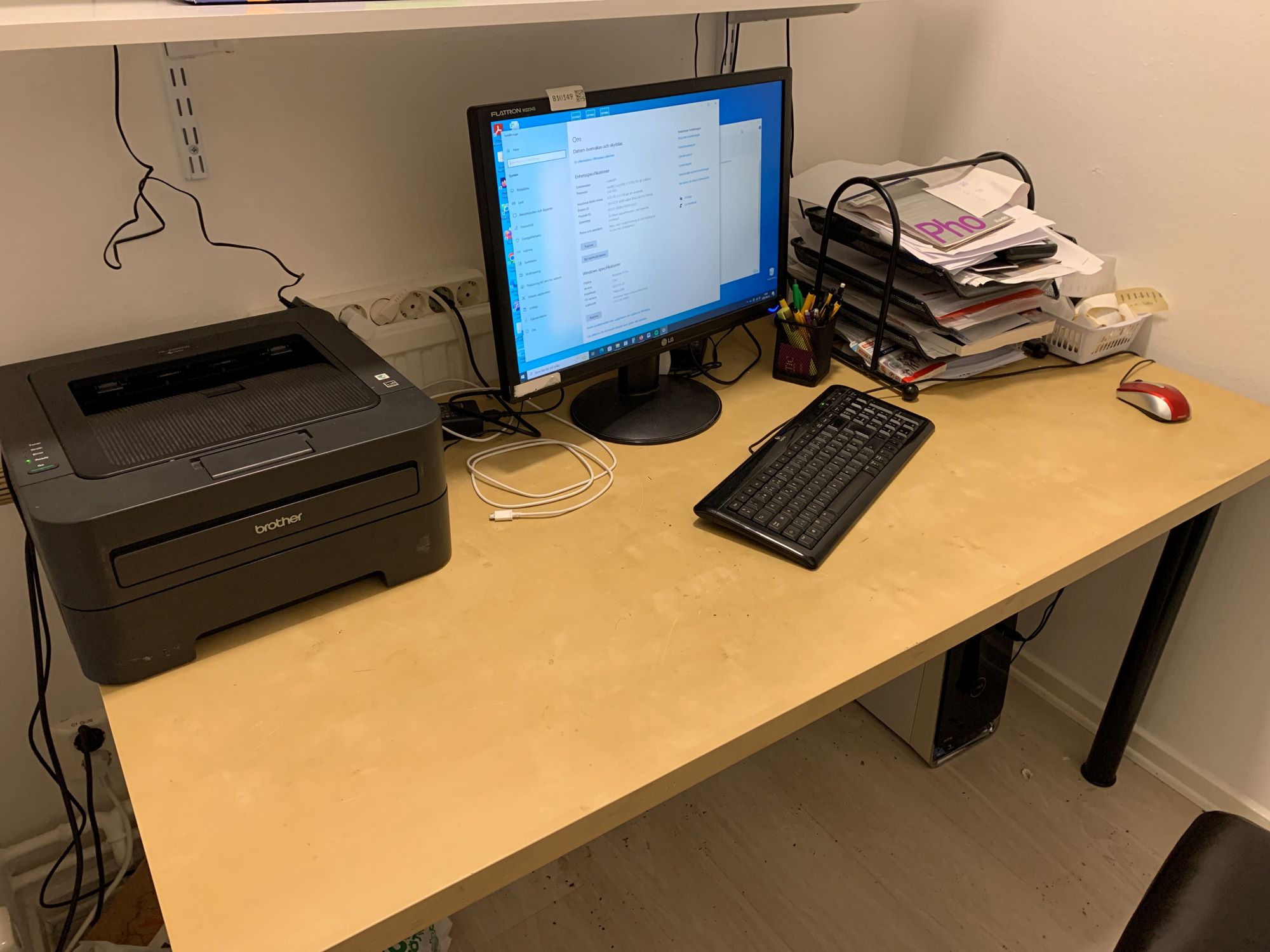

Smart Home Devices
What Is Printer Xps
Published: January 16, 2024
Learn about the benefits of Printer XPS for your smart home devices. Discover how this technology enhances your printing experience.
(Many of the links in this article redirect to a specific reviewed product. Your purchase of these products through affiliate links helps to generate commission for Storables.com, at no extra cost. Learn more)
**
Introduction
**
In the rapidly evolving landscape of smart home devices, the XPS printer has emerged as a pivotal tool for modern households and businesses alike. With its advanced features and seamless integration with various devices, the XPS printer offers a convenient and efficient printing solution. This article delves into the intricacies of XPS technology, exploring its advantages, disadvantages, and practical usage. By the end, readers will gain a comprehensive understanding of XPS printers and how they can enhance their printing experiences. Let's embark on this enlightening journey to uncover the essence of XPS technology and its role in the realm of smart home devices.
Key Takeaways:
- XPS technology offers high-fidelity printing and document preservation, making it a valuable asset for smart homes and businesses. Its interactive features enhance user experience and collaboration.
- While XPS provides robust document management capabilities, its limitations include limited software support and platform dependency. Strategic implementation and user education can mitigate these challenges.
Read more: Where To Buy XPS Insulation
What Is XPS?
XPS, which stands for XML Paper Specification, is a paginated, fixed-layout electronic file format developed by Microsoft. It is designed to preserve document formatting and enable file sharing across different platforms while maintaining the integrity of the content. XPS files can be viewed, printed, and annotated with various XPS-compatible applications, making them a versatile and user-friendly option for document management.
One of the defining features of XPS is its ability to accurately reproduce the layout and appearance of documents, regardless of the device or software used for viewing or printing. This consistency is achieved through the use of XML-based technology, which encapsulates the document’s structure, formatting, and visual elements in a standardized manner.
Unlike traditional document formats, such as PDF, XPS is based on open standards, allowing for seamless integration with other applications and systems. This interoperability fosters a more accessible and collaborative environment for sharing and processing documents across diverse platforms.
Furthermore, XPS files can contain interactive elements, such as hyperlinks and annotations, enhancing the overall user experience and interactivity of the documents. This capability makes XPS a compelling choice for creating dynamic and engaging content that goes beyond static printouts.
Overall, XPS represents a modern approach to document management, offering a robust and versatile file format that prioritizes fidelity, accessibility, and interactivity. Its compatibility with a wide range of devices and applications makes it a valuable asset in the realm of smart home devices and digital workflows.
Advantages of XPS
1. High Fidelity: XPS files maintain the exact layout and formatting of the original document, ensuring that the content is faithfully reproduced when viewed or printed. This high fidelity is particularly beneficial for preserving the integrity of complex documents, such as brochures, reports, and presentations.
2. Interoperability: XPS is based on open standards, facilitating seamless integration with various applications and platforms. This interoperability enables users to share and collaborate on XPS documents across different devices and software environments without compromising the visual or structural consistency of the content.
3. Security: XPS supports digital signatures and permissions settings, providing robust security features for protecting sensitive or confidential documents. Users can apply encryption and access controls to XPS files, enhancing data security and privacy when sharing or storing important information.
4. Interactive Elements: XPS files can incorporate interactive elements, such as hyperlinks, annotations, and multimedia content. This interactivity enhances the user experience and enables dynamic engagement with the document, making XPS a versatile format for creating engaging presentations, portfolios, and interactive reports.
5. Print Quality: When printed on XPS-compatible devices, XPS files deliver exceptional print quality with precise rendering of text, graphics, and images. This ensures that printed materials maintain their visual appeal and professional quality, making XPS an ideal choice for producing high-quality documents and marketing materials.
6. Device Independence: XPS files are designed to be device-independent, meaning that they can be viewed and printed consistently across different hardware and software environments. This device independence eliminates compatibility issues and ensures a uniform viewing experience for recipients, regardless of their device preferences.
7. Archival Stability: XPS offers long-term archival stability, preserving the visual and structural integrity of documents over time. This stability is crucial for maintaining the authenticity and readability of archived materials, making XPS a reliable choice for long-term document preservation and storage.
Overall, the advantages of XPS encompass fidelity, interoperability, security, interactivity, print quality, device independence, and archival stability, positioning it as a robust and versatile file format for modern document management and printing needs.
Printer XPS stands for XML Paper Specification, a file format designed by Microsoft for printing documents. It’s useful for preserving the layout and formatting of a document when printing, especially for complex documents like brochures or flyers.
Disadvantages of XPS
While XPS offers numerous advantages, it is essential to consider its limitations and potential drawbacks. Understanding the disadvantages of XPS can provide a balanced perspective on its suitability for specific use cases and workflows.
1. Limited Software Support: Compared to more widely adopted formats like PDF, XPS may have limited support in terms of software compatibility. Some applications and operating systems may not fully integrate or optimize XPS functionality, potentially leading to compatibility issues and reduced user accessibility.
2. File Size: XPS files can be larger in size compared to equivalent PDF documents. This increased file size may impact storage requirements, transmission speed, and overall system performance, especially when dealing with a large volume of XPS files.
3. Platform Dependency: While XPS is designed for cross-platform compatibility, its seamless functionality may be more pronounced within the Windows ecosystem. Users operating on non-Windows platforms may encounter varying degrees of compatibility and performance discrepancies when working with XPS files.
4. Customization Limitations: XPS may have limitations in terms of document customization and advanced editing features when compared to other formats. Users seeking extensive document manipulation and customization options may find that XPS does not offer the same level of flexibility as alternative file formats.
5. Market Adoption: Despite its technical capabilities, XPS has not achieved the same level of market adoption and ubiquity as PDF. This may impact its recognition and acceptance in certain industries or collaborative environments where standardized formats play a crucial role in document exchange and processing.
6. Perceived Familiarity: Users accustomed to working with established formats like PDF may perceive XPS as unfamiliar or less intuitive, potentially leading to resistance or hesitance in adopting XPS as the primary document format for specific workflows.
7. Integration Challenges: Integrating XPS support into existing software applications and workflows may pose challenges, especially in environments where legacy systems or specialized software solutions are prevalent. This integration complexity can impact the seamless adoption of XPS as the preferred document format.
While the disadvantages of XPS should be taken into account, it is important to note that these limitations can be mitigated through strategic implementation, user education, and ongoing advancements in XPS support across various platforms and applications.
How to Use XPS
Utilizing XPS for document management and printing involves a straightforward process that leverages its distinct features and capabilities. Whether creating, viewing, or sharing XPS files, the following steps outline how to effectively use XPS within smart home and business environments:
1. Creating XPS Files: To create XPS files, users can utilize applications that offer native support for generating XPS documents. Many modern software tools, including Microsoft Office applications, provide the option to save files in the XPS format directly. Users can select the “Save As” or “Export” function within the application and choose the XPS format as the output file type.
2. Viewing and Printing XPS Files: XPS files can be viewed and printed using compatible applications and devices. Windows operating systems offer built-in support for viewing XPS files using the XPS Viewer application. Additionally, many modern printers and multi-function devices are equipped to directly print XPS files, ensuring high-fidelity output and consistent document reproduction.
3. Sharing and Collaboration: When sharing XPS files, users can leverage email, cloud storage platforms, or file-sharing services to distribute documents to recipients. It is essential to ensure that recipients have access to XPS-compatible applications or devices for seamless viewing and printing. Collaborative workflows involving XPS documents can benefit from the format’s interoperability and security features, enabling secure sharing and collaborative annotation.
4. Integration with Smart Home Devices: XPS files can be integrated into smart home environments by leveraging compatible devices and applications. For instance, users can access and print XPS documents using network-connected printers or multi-function devices that support XPS functionality. Integration with smart home hubs and digital assistants can further streamline document management and printing tasks within the smart home ecosystem.
5. Archiving and Long-Term Preservation: Leveraging XPS for archiving and long-term preservation involves storing documents in a secure and accessible manner. Users can utilize cloud storage solutions, dedicated document management systems, or digital archives to ensure the longevity and integrity of XPS files. Implementing backup strategies and version control mechanisms can further enhance the reliability of archived XPS documents.
By following these steps, users can effectively harness the capabilities of XPS for creating, sharing, and managing documents within smart home environments and business settings. Embracing XPS as a versatile document format can contribute to streamlined workflows, enhanced document fidelity, and seamless integration with smart home devices and digital ecosystems.
Read more: What Is A Sublimation Printer
Conclusion
As the smart home revolution continues to reshape the way we interact with technology, the role of XPS technology in document management and printing cannot be overlooked. With its emphasis on fidelity, interoperability, security, and print quality, XPS serves as a formidable contender in the realm of digital document formats. While it boasts numerous advantages, including high-fidelity reproduction, security features, and interactive capabilities, it is important to acknowledge its limitations, such as platform dependency and customization constraints.
For individuals and businesses seeking a reliable and versatile document format, XPS presents a compelling option, especially when integrated into smart home environments. Leveraging XPS for creating, sharing, and preserving documents aligns with the evolving demands of modern workflows and digital collaboration. By embracing XPS, users can benefit from its robust features while exploring opportunities for seamless integration with smart home devices, cloud services, and digital assistants.
As the smart home ecosystem continues to expand, the integration of XPS technology into everyday workflows and printing tasks holds the potential to enhance document management efficiency and facilitate seamless interactions with smart home devices. Whether creating interactive presentations, preserving archival documents, or printing high-quality materials, XPS offers a versatile solution that aligns with the dynamic requirements of modern document management.
In conclusion, the adoption of XPS technology within smart home environments represents a strategic step toward optimizing document workflows, ensuring print quality, and embracing the interoperability of digital formats. By understanding the nuances of XPS, users can harness its strengths while mitigating its limitations, ultimately contributing to a more streamlined and efficient approach to document management and printing within the smart home landscape.
Frequently Asked Questions about What Is Printer Xps
Was this page helpful?
At Storables.com, we guarantee accurate and reliable information. Our content, validated by Expert Board Contributors, is crafted following stringent Editorial Policies. We're committed to providing you with well-researched, expert-backed insights for all your informational needs.
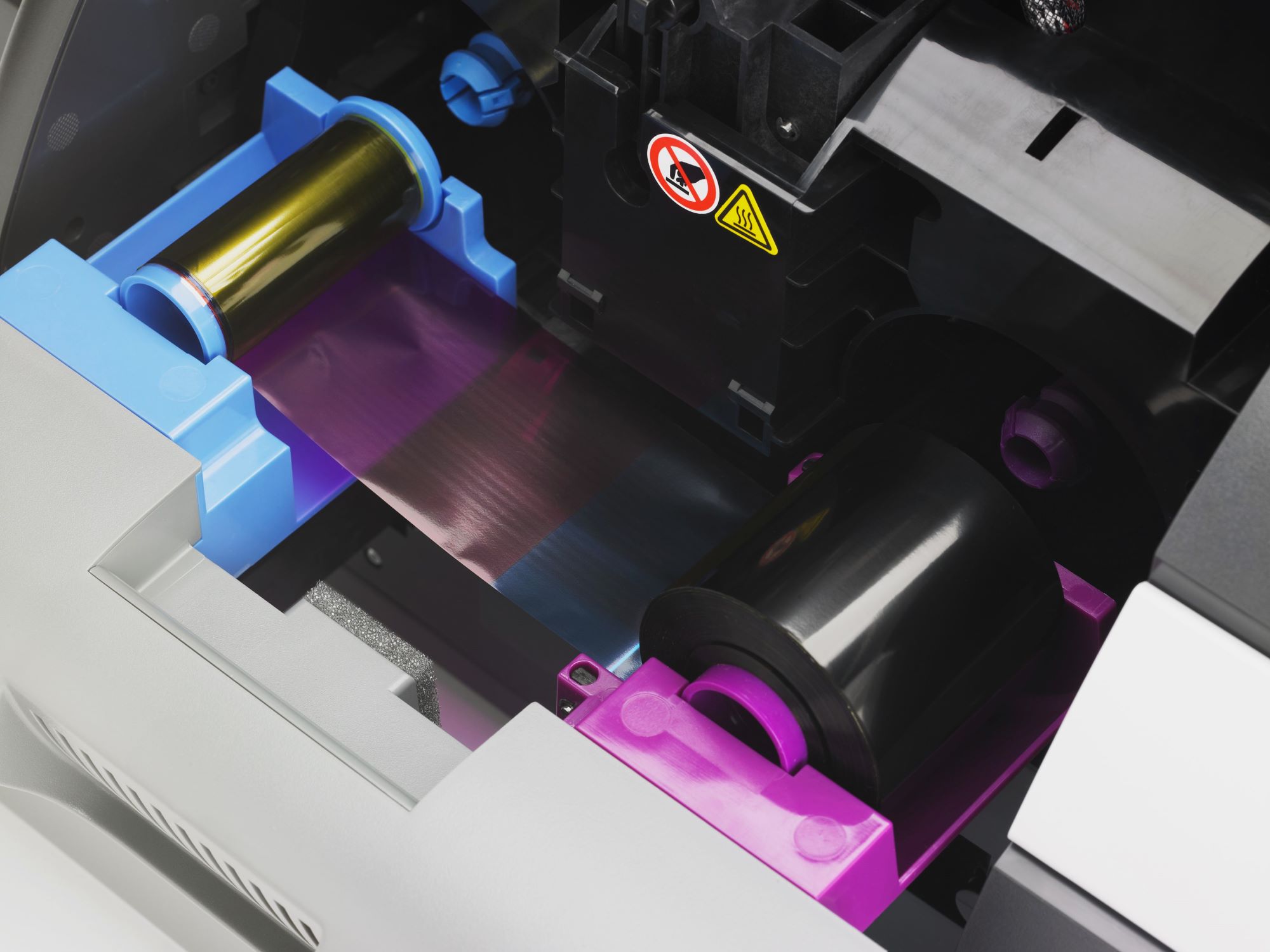
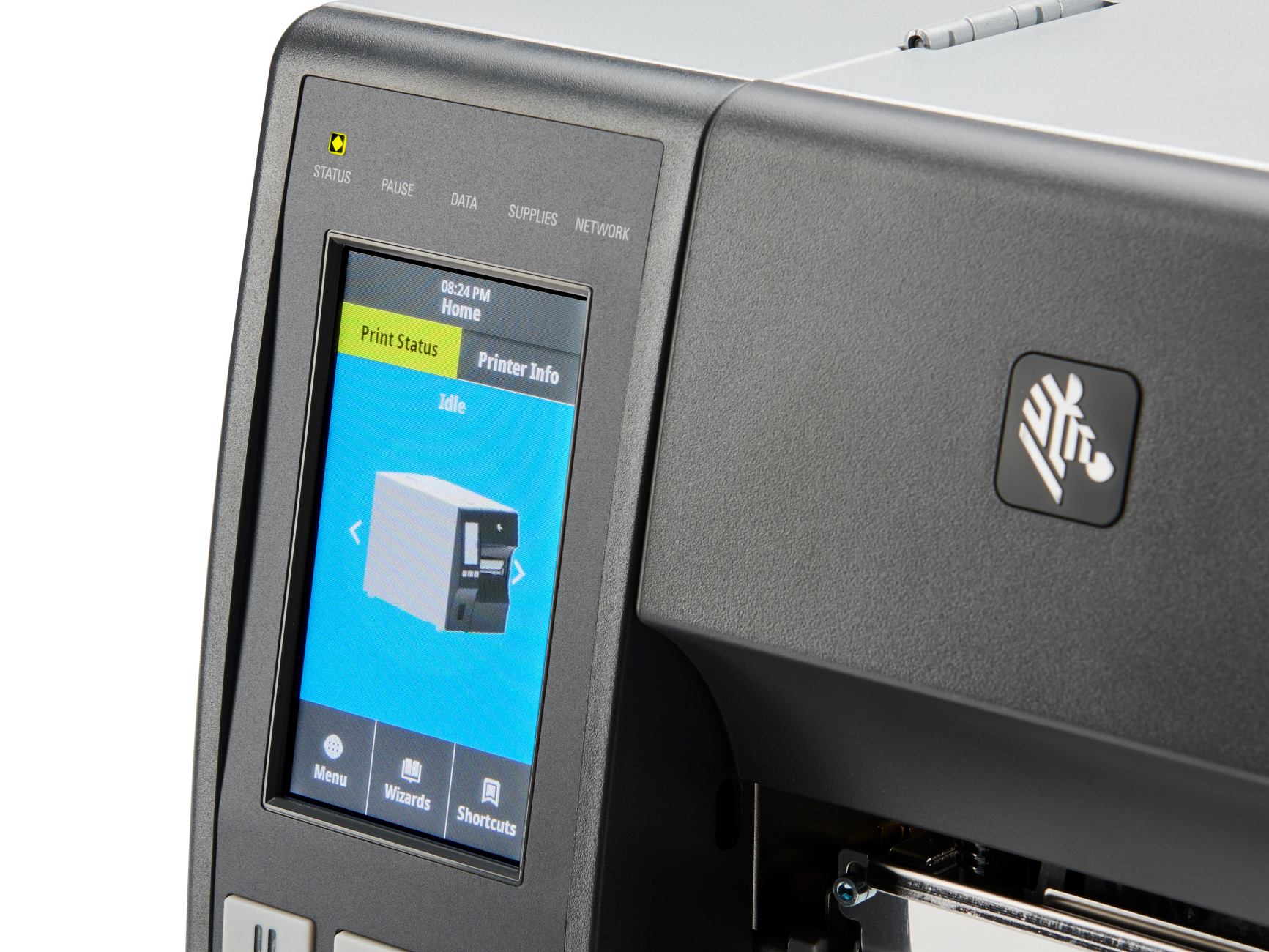
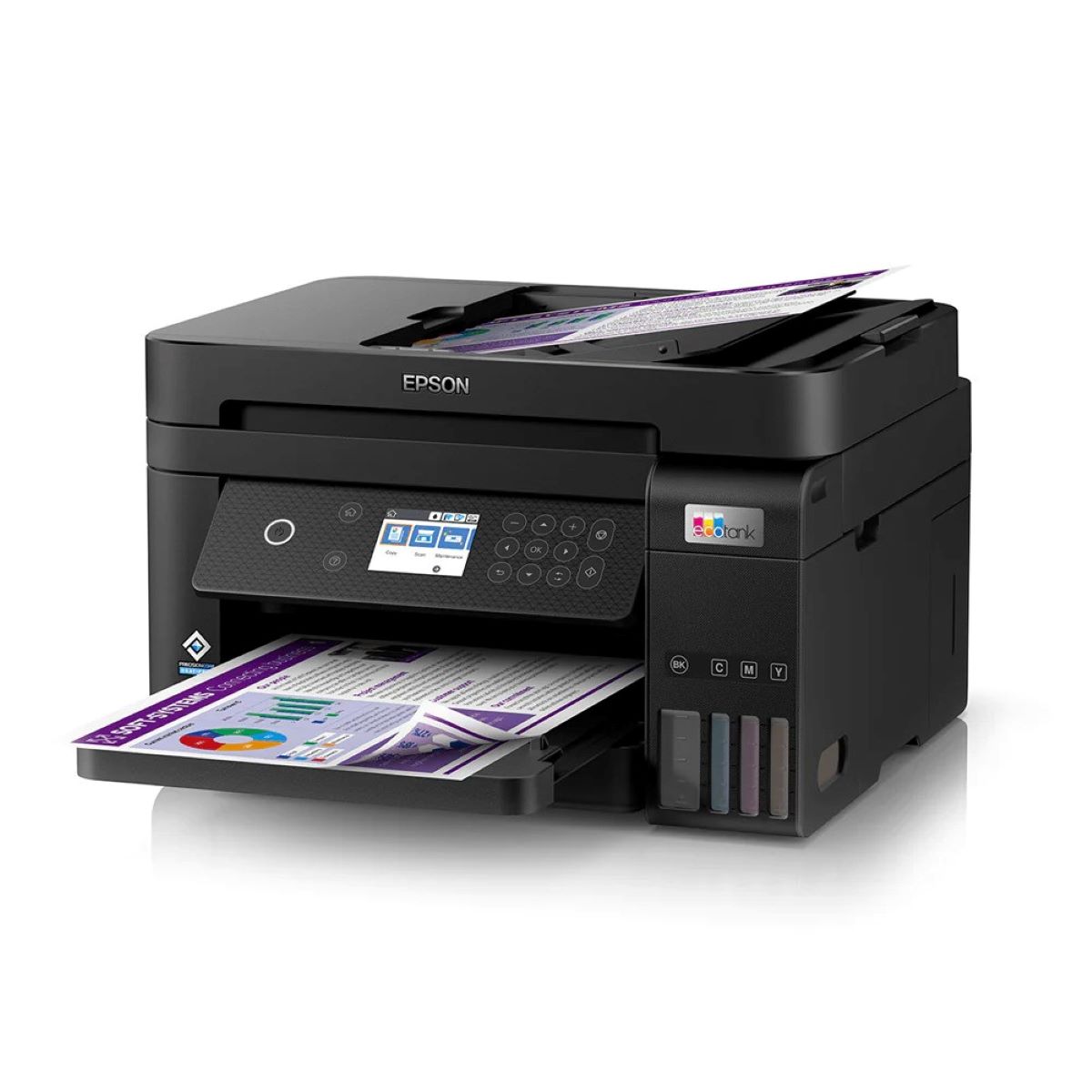
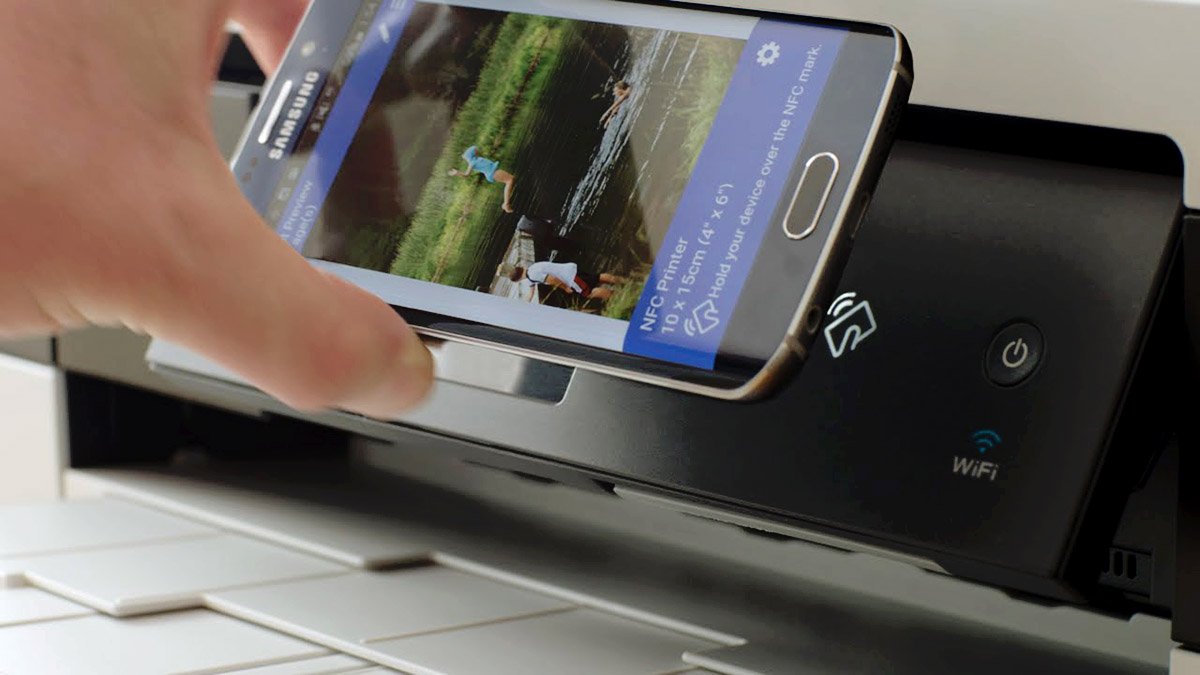
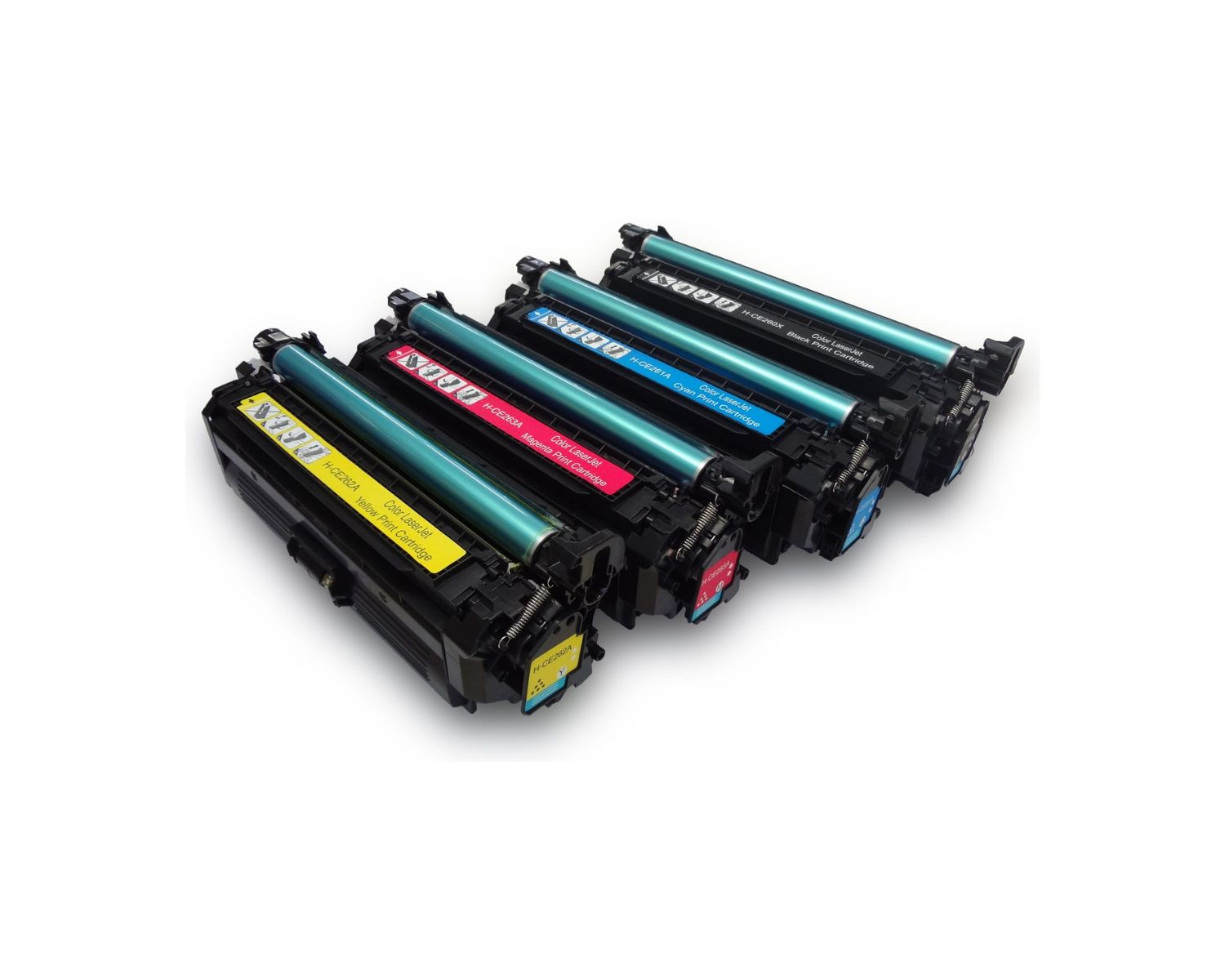
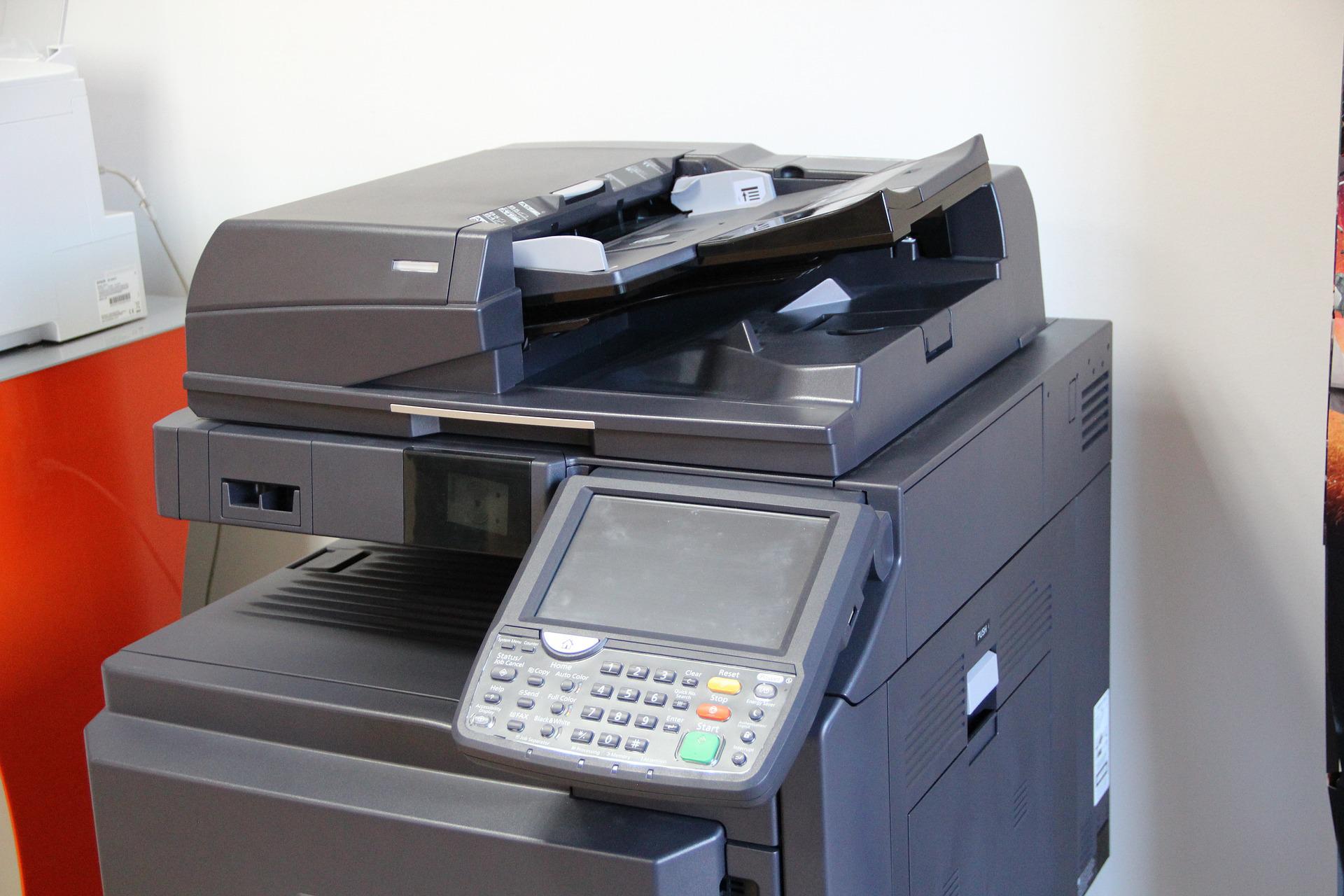

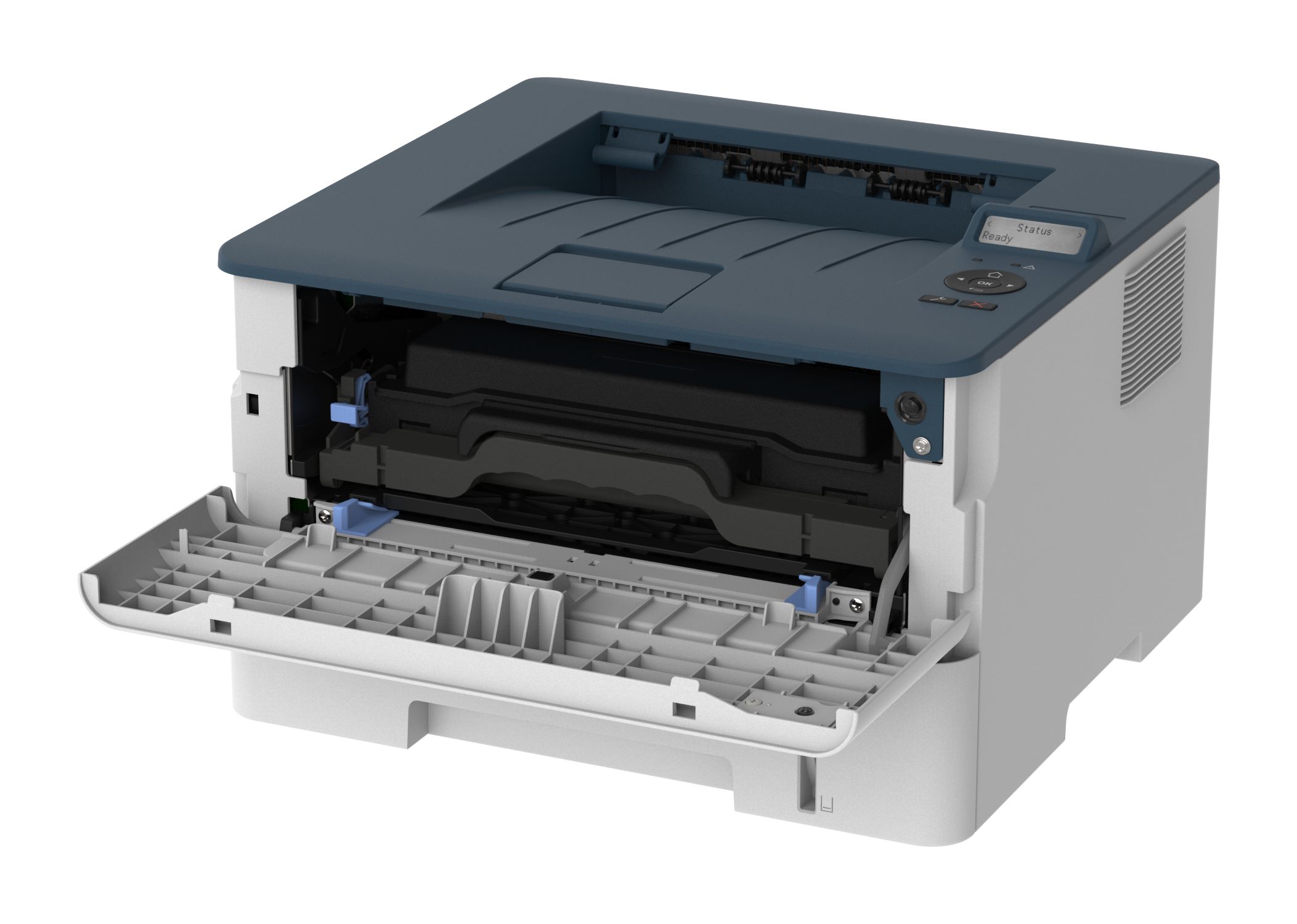
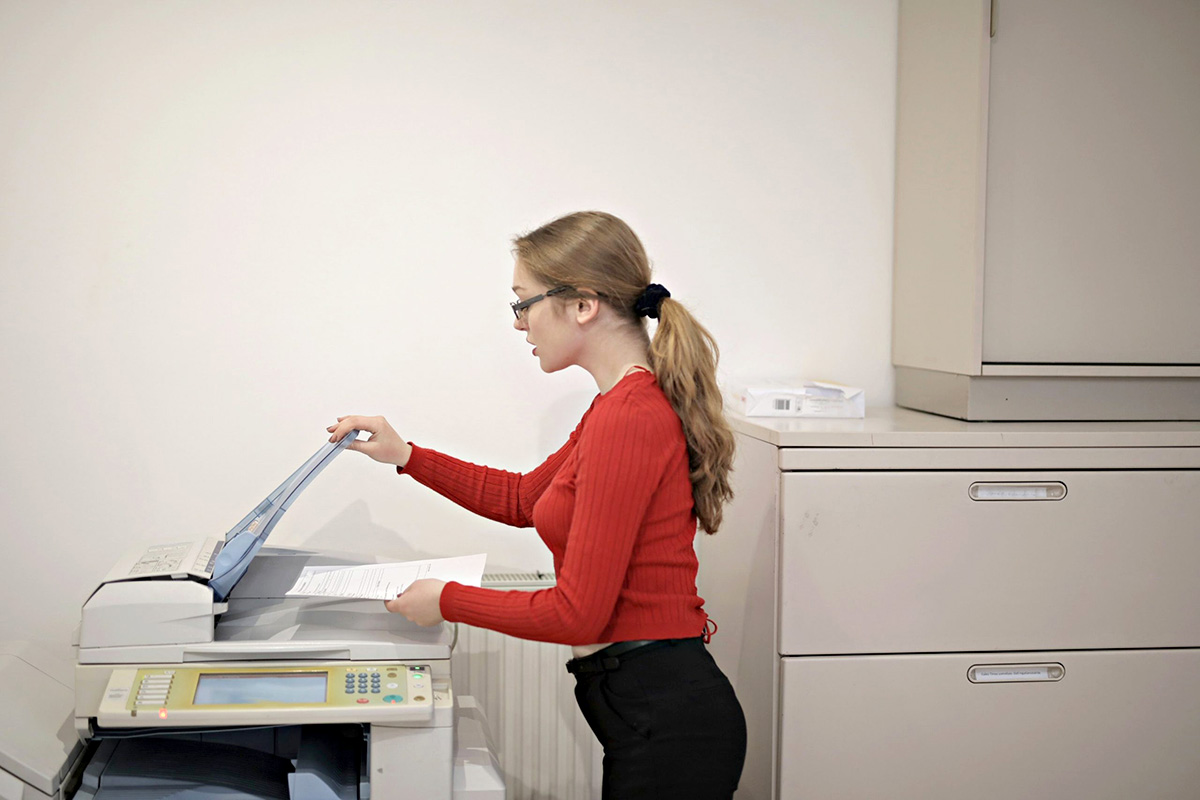
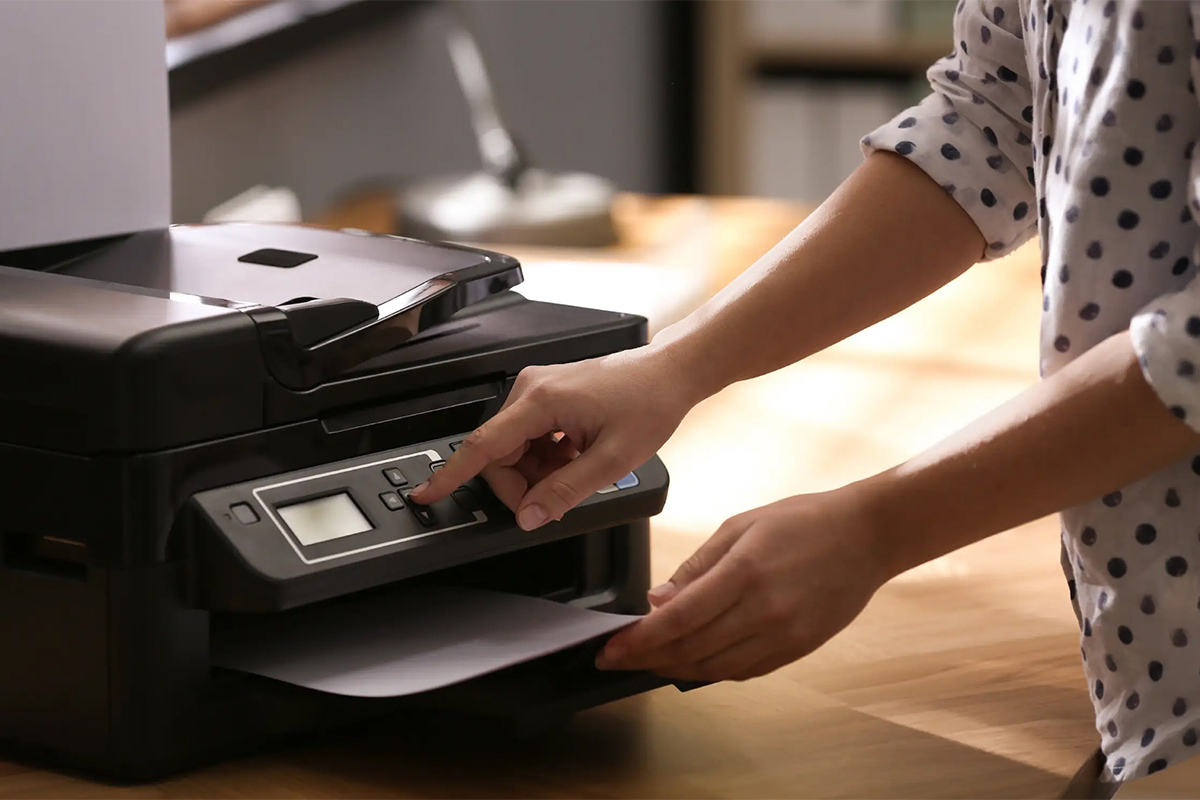
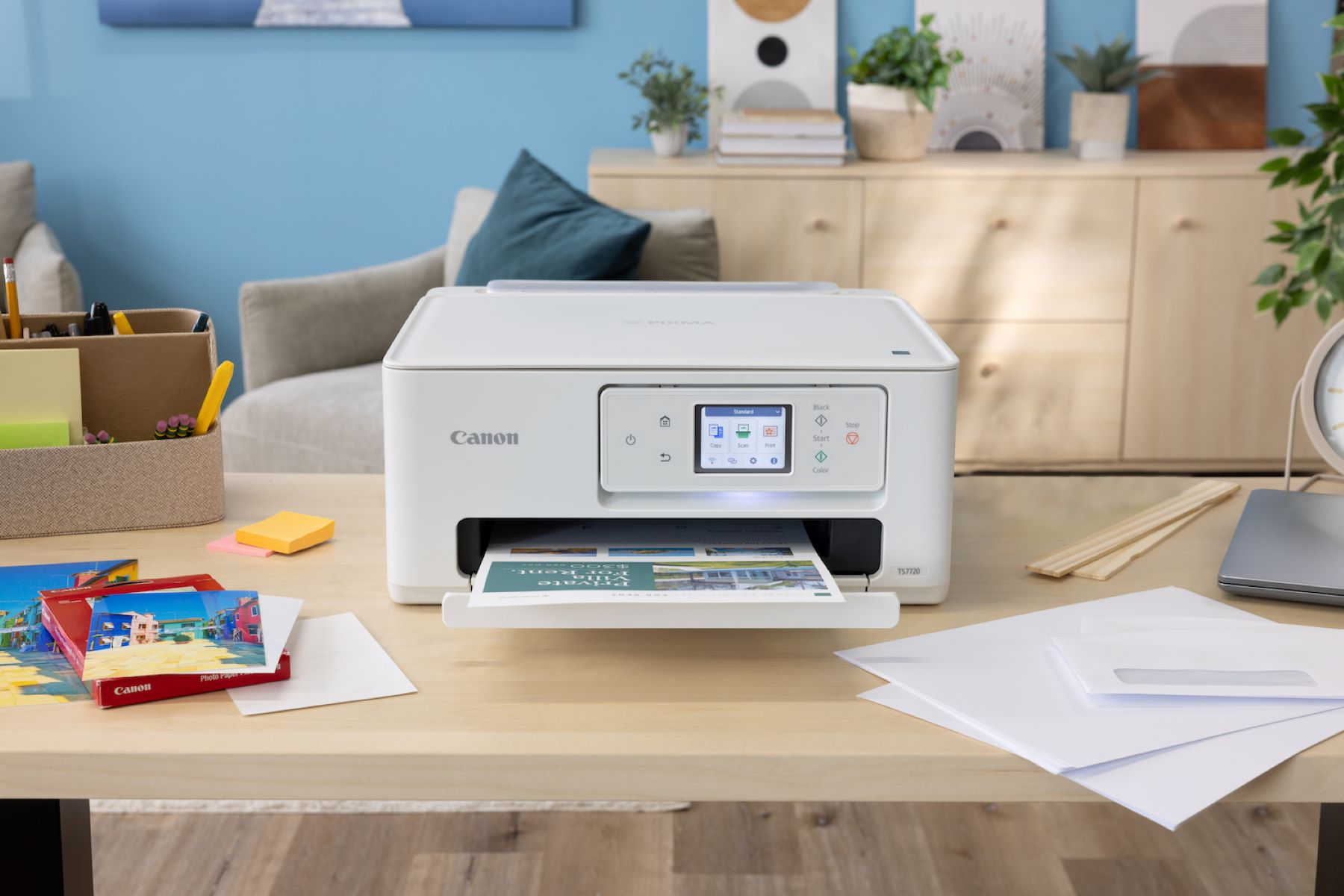
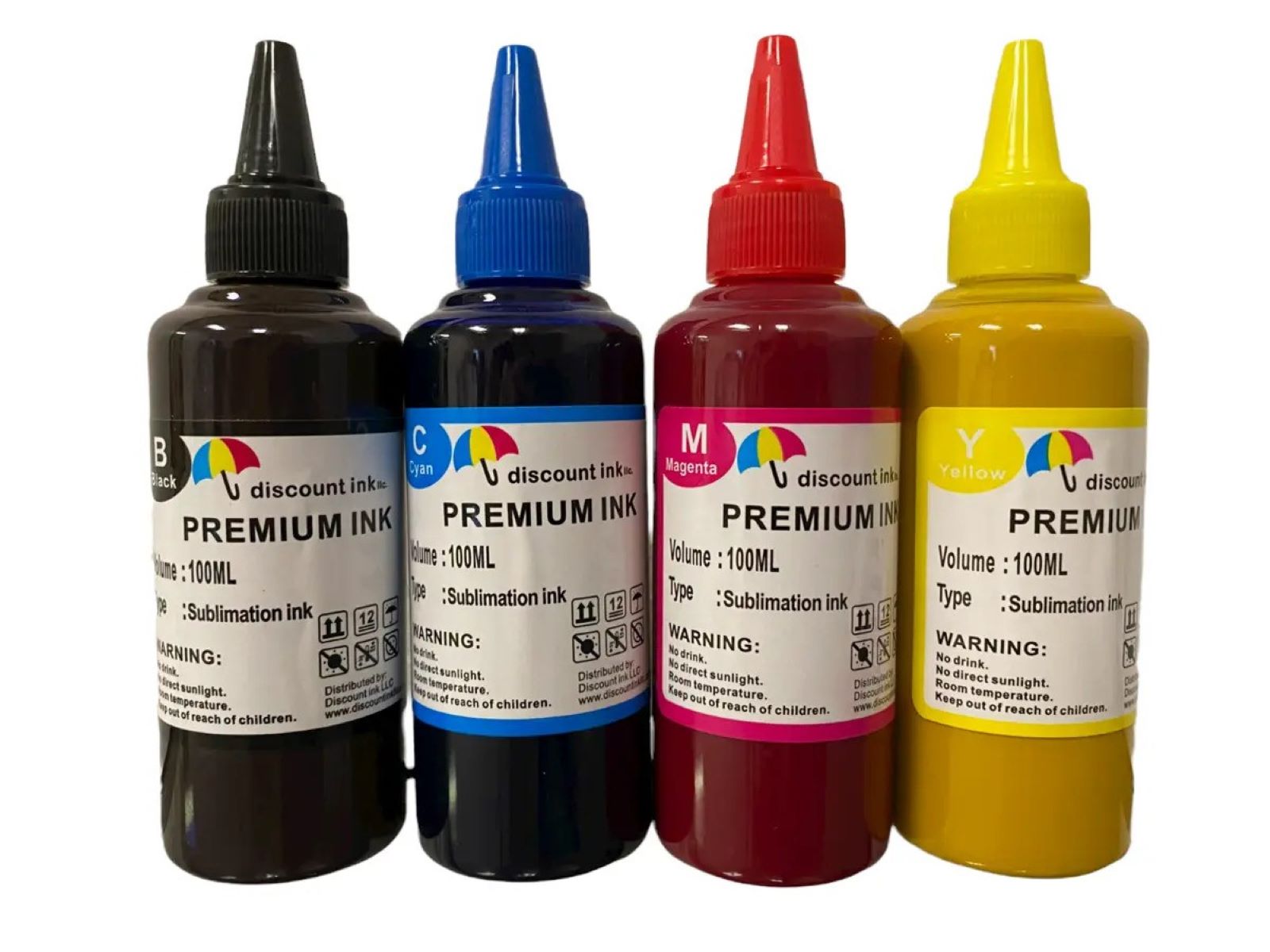

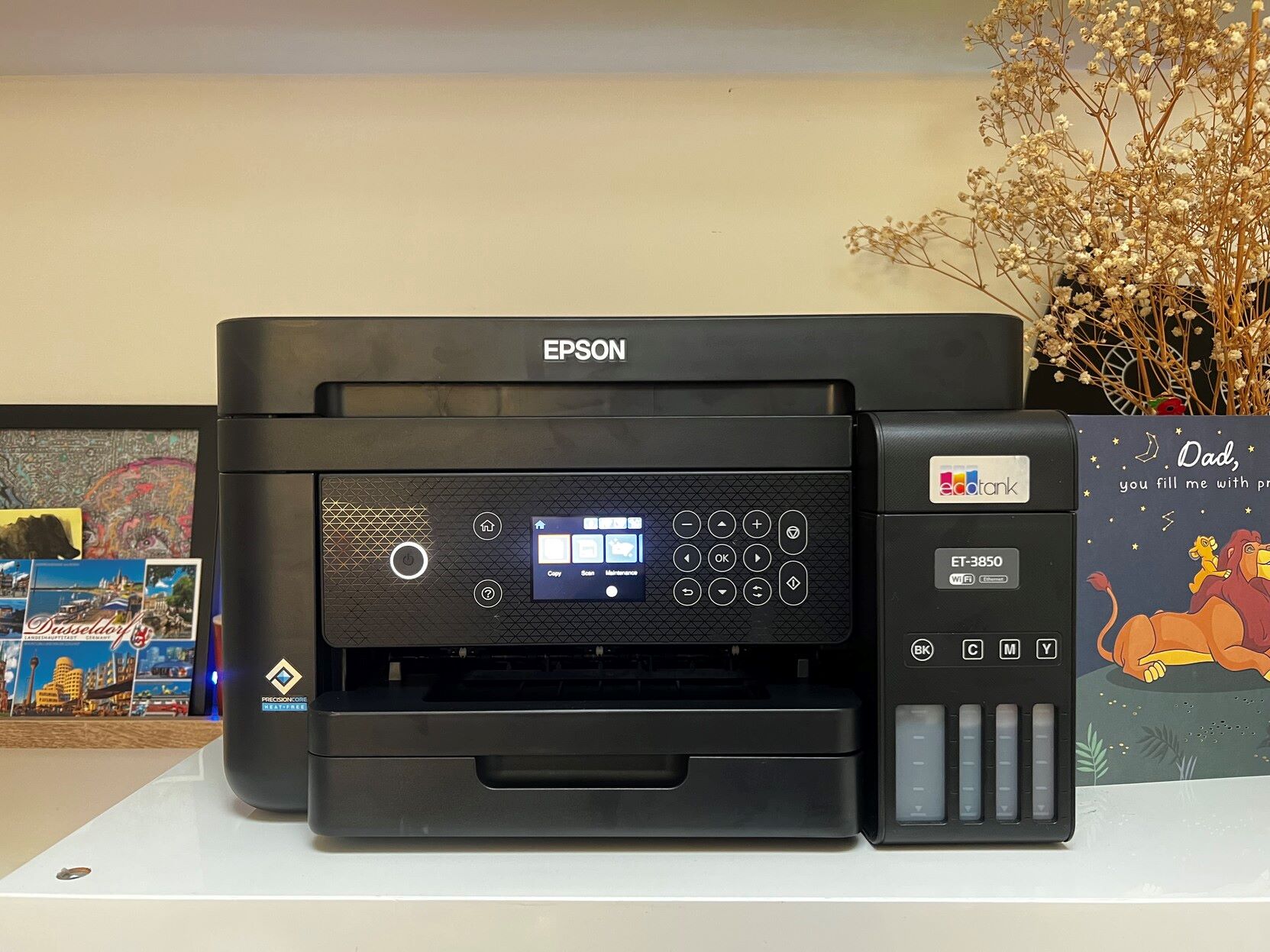

0 thoughts on “What Is Printer Xps”